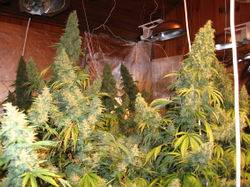G
Guest
Generally speaking.I've got a nice looking Nev's haze x Mango haze male I'm thinking of crossing with my SAGE female, I think the offspring would be quite special. I don't know a whole lot about breeding so I just thought I'de ask.




